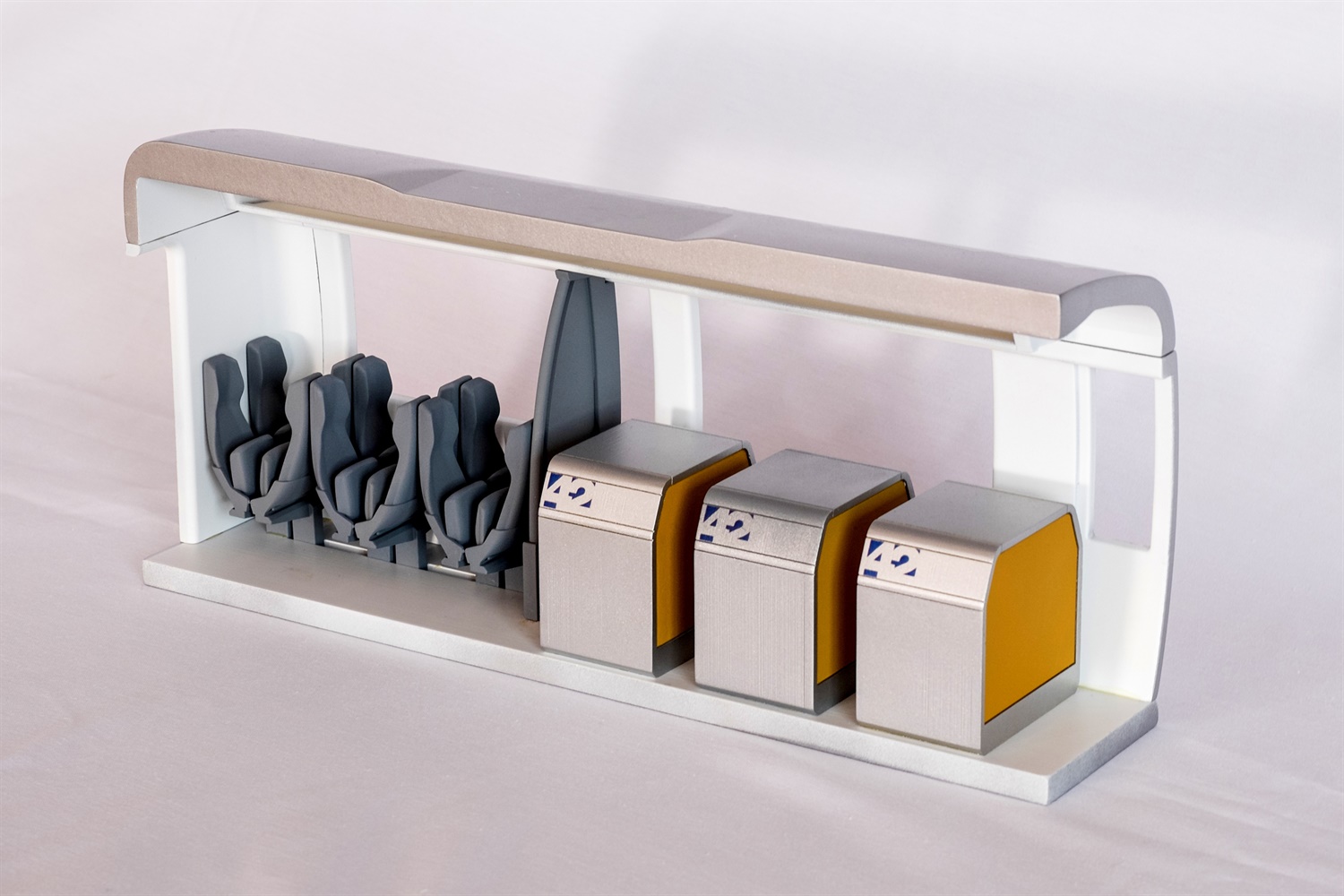16.06.15
Ministers want freight on passenger rail to expand
Rail freight growth could be achieved through expanding schemes to carry goods on underused passenger services, the government has suggested.
In a speech to the Rail Engineers Forum Technical Seminar at the Institute of Civil Engineers, the rail minister, Claire Perry MP, suggested that partnerships like that between East Midlands Trains and logistics firm 5-PL for carrying low-bulk goods on passenger trains, could be expanded.
“There should be scope to grow this market,” she said.
5-PL has been working with East Midlands Trains since 2012 as a hybrid rail freight-courier service. Consignments are collected from the customer by a courier, delivered to the train at one of its passenger calling points, and loaded onto the train to travel their destination station, where they are unloaded and transported by another courier to the recipient.
The service is used by companies to transfer a range of items from legal documents, engineering components and computer equipment to theatrical props, fine art, food & drink and even false teeth.
Earlier this year it emerged that 5-PL were looking at expanding their service through a partnership with First Great Western, offering low-cost transport of small and medium consignments between London and Devon and Cornwall
Perry suggested that operators could also use available space on passenger trains to offer a parcel service.
“Passenger airlines can earn extra revenue by carrying goods, so if passenger trains have off-peak services with very few passengers, why should they not make use of available space to offer a parcel service?”
The idea also came up in the Tomorrow’s Train Design Today competition, an RSSB and Network Rail-funded FutureRailway programme, run in conjunction with the Department for Transport and the Royal Institute of British Architects (RIBA).
One of the three finalists, 42 Technology, came up with an ‘adaptable carriage’, with automatic stowage and moveable seating. The consultancy says: “When passenger occupancy levels are low, for example at off-peak times or when commuter trains have delivered their passengers and are returning to the suburbs, the seats can be automatically moved and stowed to allow room for freight.”

Jon Spratley, director at 42 Technology, who led the design team for the winning submission, said: “The design concept is based on a more flexible way of using train carriages to help meet four key objectives: reducing costs and carbon emissions, while increasing capacity and customer satisfaction.
“Everyone at 42 Technology is delighted that our outline designs and business case study have been so strongly endorsed by the competition judges. The next stage is for us to move ahead with detailed designs and to build a full-scale demonstration model showing the adaptable carriage in action.”
Tell us what you think – have your say below or email [email protected]